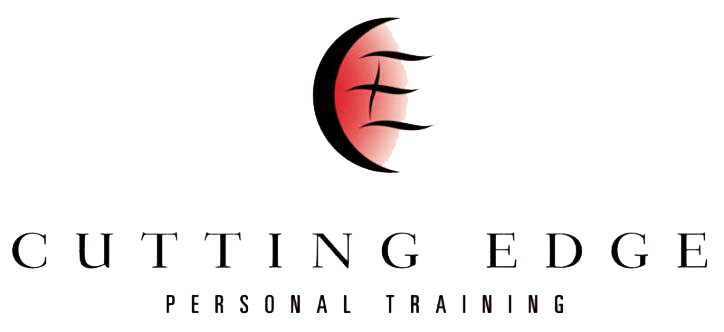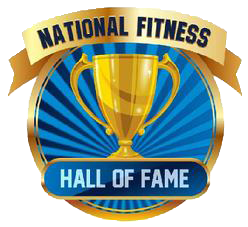January 22, 2025
5 Common Mistakes Preventing You from Building Muscle
The Top Mistakes Made When Trying to Build Muscle
Building muscle requires more than just lifting weights; it involves understanding your training strategy and avoiding common pitfalls that can sabotage progress. If you’re searching for a personal trainer in Nashville or looking to optimize your own fitness training, knowing these mistakes and how to correct them is essential. Here are five critical errors that may be holding you back from achieving the muscle growth you’re after.
1. Relying Solely on Free Weights
While free weights are highly effective for building strength and muscle, relying on them exclusively can hinder progress due to excessive fatigue. Free weights require stabilization, which can lead to quicker exhaustion—especially as you increase the weight. Over time, this can reduce the effectiveness of your workout, as your muscles tire before reaching their full potential.
Incorporating machines after heavy free-weight exercises can help you target specific muscles without the need for stabilization. Machines provide added stability, enabling you to focus solely on muscle contraction and exert maximum effort. For example, start with bench presses or squats and follow up with machine-based exercises like leg presses or seated chest presses. By combining free weights with machines, you create a more balanced workout that targets muscles from different angles and intensities.
2. Performing the Same Number of Reps for Multiple Sets with the Same Weight
I see so many people performing the same number of reps with the same weight across multiple sets. This is NOT the best way to build muscle. If you do this, you’re leaving untapped potential, especially during the first set when your muscles are freshest. If you’re doing three sets of ten reps with the same weight, you might not be pushing close enough to failure to stimulate growth.
Instead, aim for a rep range—say, 8 to 12 reps—and push closer to failure on each set. For instance, you might achieve 12 reps on the first set, 10 on the second, and 8 on the third. This approach encourages progressive overload, allowing you to challenge your muscles and improve over time. Moving away from rigid rep counts helps you stimulate greater muscle growth by fully utilizing your strength in each set.
3. Resting Too Little Between Sets
Resting too little between sets can limit muscle growth by preventing full recovery, which diminishes performance in subsequent sets. This is especially true for compound exercises like squats, deadlifts, and bench presses, which require more energy and recovery to perform optimally.
For major compound exercises, rest 2 to 3 minutes between sets. This ensures your muscles are fully recovered and ready to lift with maximum effort. For isolation exercises, 1 to 2 minutes is generally sufficient. Adequate rest maintains performance quality across sets, allowing for better strength development and muscle stimulation. While shorter rest times may make the workout feel harder, they’re often counterproductive for muscle growth.
4. Not Utilizing a Full Range of Motion
Using a limited range of motion in exercises like squats, bench presses, or bicep curls can restrict muscle activation and hinder growth. Training through a full range of motion recruits more muscle fibers, increasing mechanical tension and metabolic stress—both critical for muscle growth. Shortened range of motion reduces the overall effectiveness of each rep, slowing progress.
For optimal muscle development, focus on completing each movement through its full range, even if it means using lighter weights. For example, in a squat, lower yourself until your thighs are parallel to the ground or lower if flexibility allows. This enhances muscle fiber recruitment, engages stabilizing muscles, and builds strength across the entire movement, leading to better gains over time.
5. Changing Exercises Too Frequently
While variety can keep workouts interesting, constantly switching exercises can disrupt progress. Frequent changes prevent your body from mastering specific movements, making it harder to measure progressive overload. Muscle growth relies on consistent stimulus over time, and each exercise requires a period of skill mastery and neuromuscular adaptation for optimal results.
Stick with a core set of exercises for each muscle group and monitor your progress over weeks or months. Track your strength increases and ensure progressive overload by increasing weights, reps, or both. Consistency allows you to gauge whether your muscles are adapting and growing. If progress stalls, adjust variables like sets, reps, or rest times instead of swapping exercises entirely.
Conclusion
Building muscle requires intentionality in every aspect of your workout routine. Avoiding these common mistakes can help you see better results by maximizing muscle growth potential. Push closer to failure, take adequate rest, combine free weights with machines, use a full range of motion, and stay consistent with your exercises.
If you’re looking for expert guidance, hiring a personal trainer in Nashville TN can help you design a training plan tailored to your goals. By implementing these strategies, you’ll be better positioned to achieve your muscle-building goals and develop a stronger, more resilient physique. Contact me today to take the first step toward your fitness transformation!





